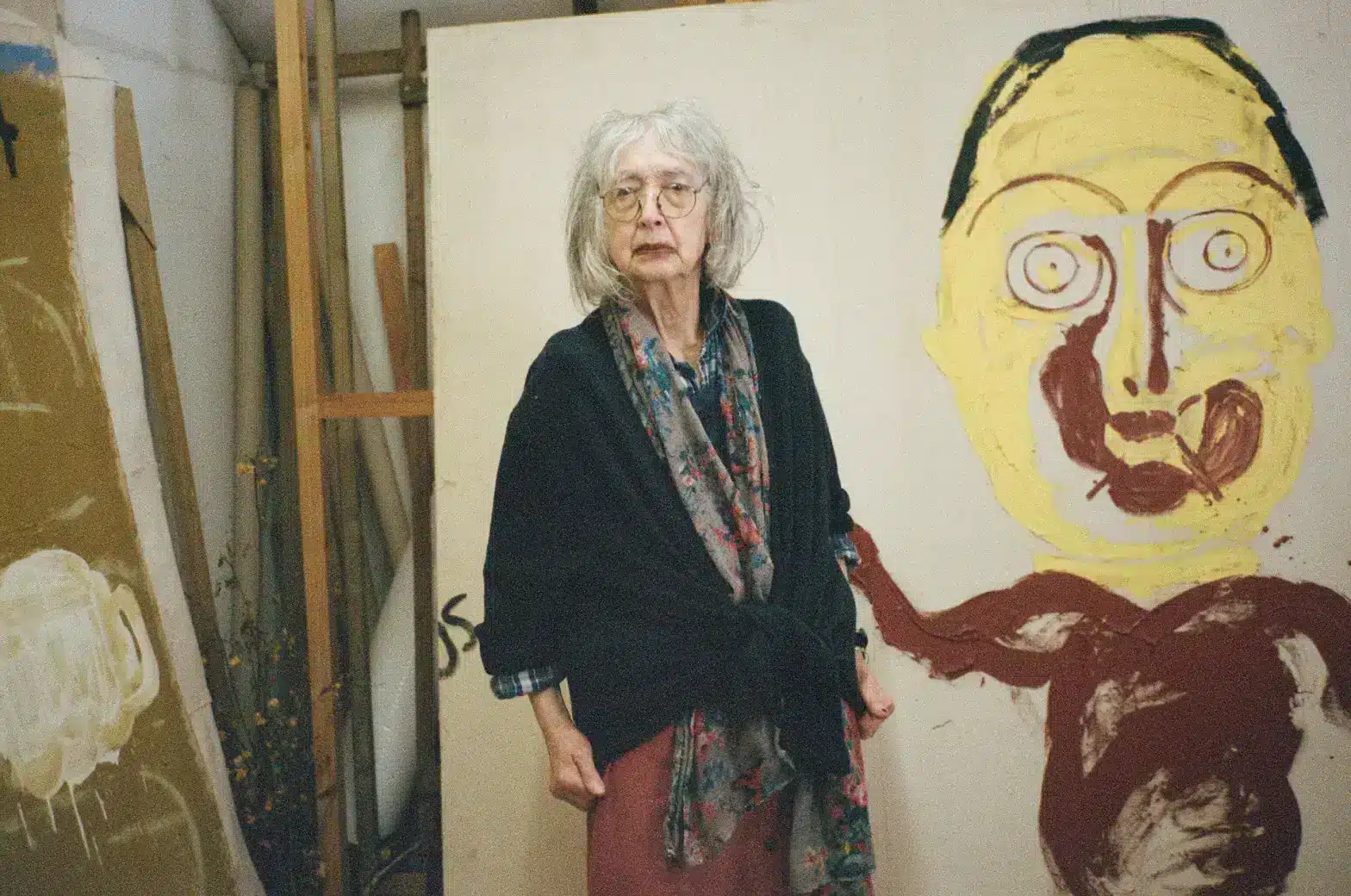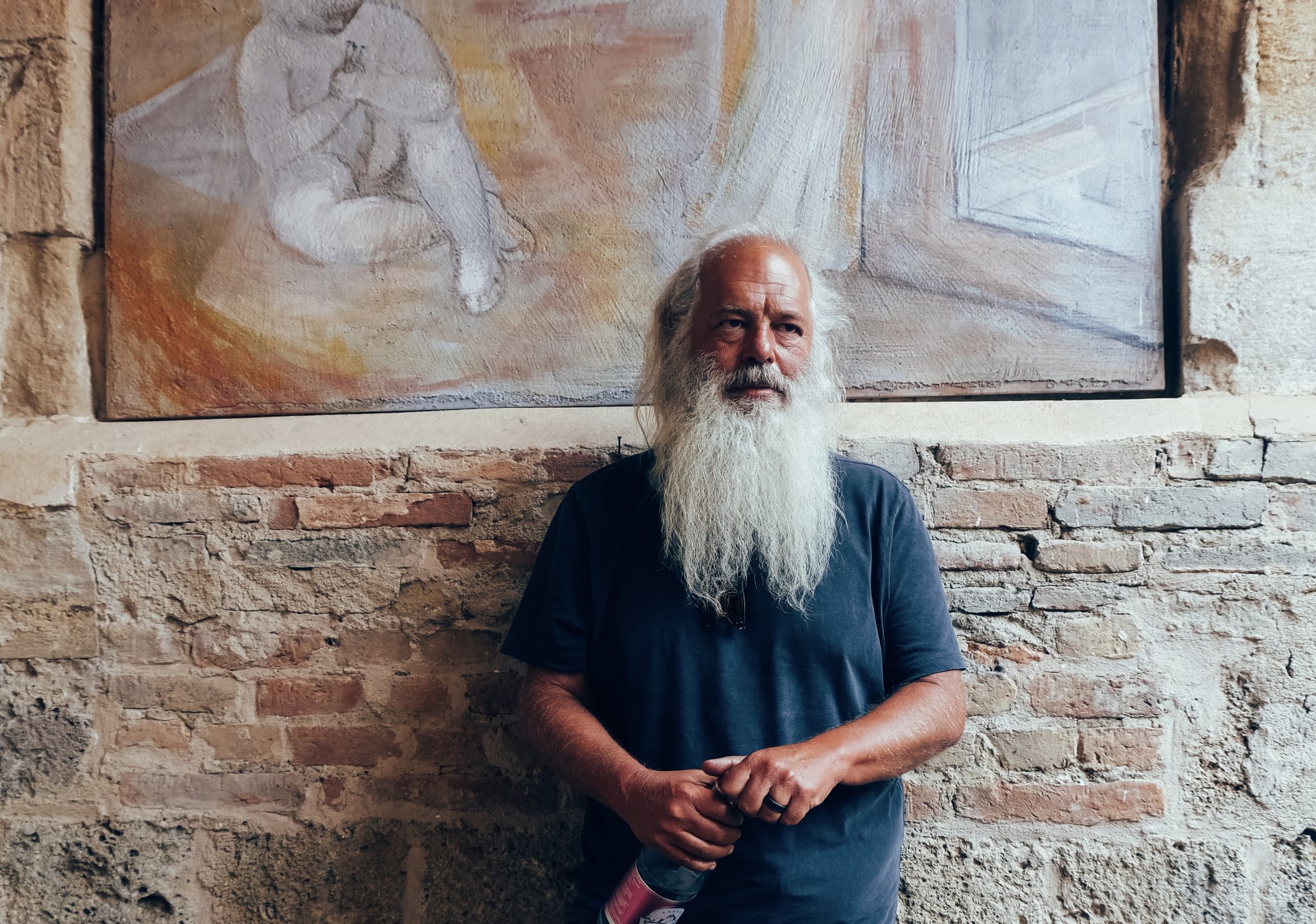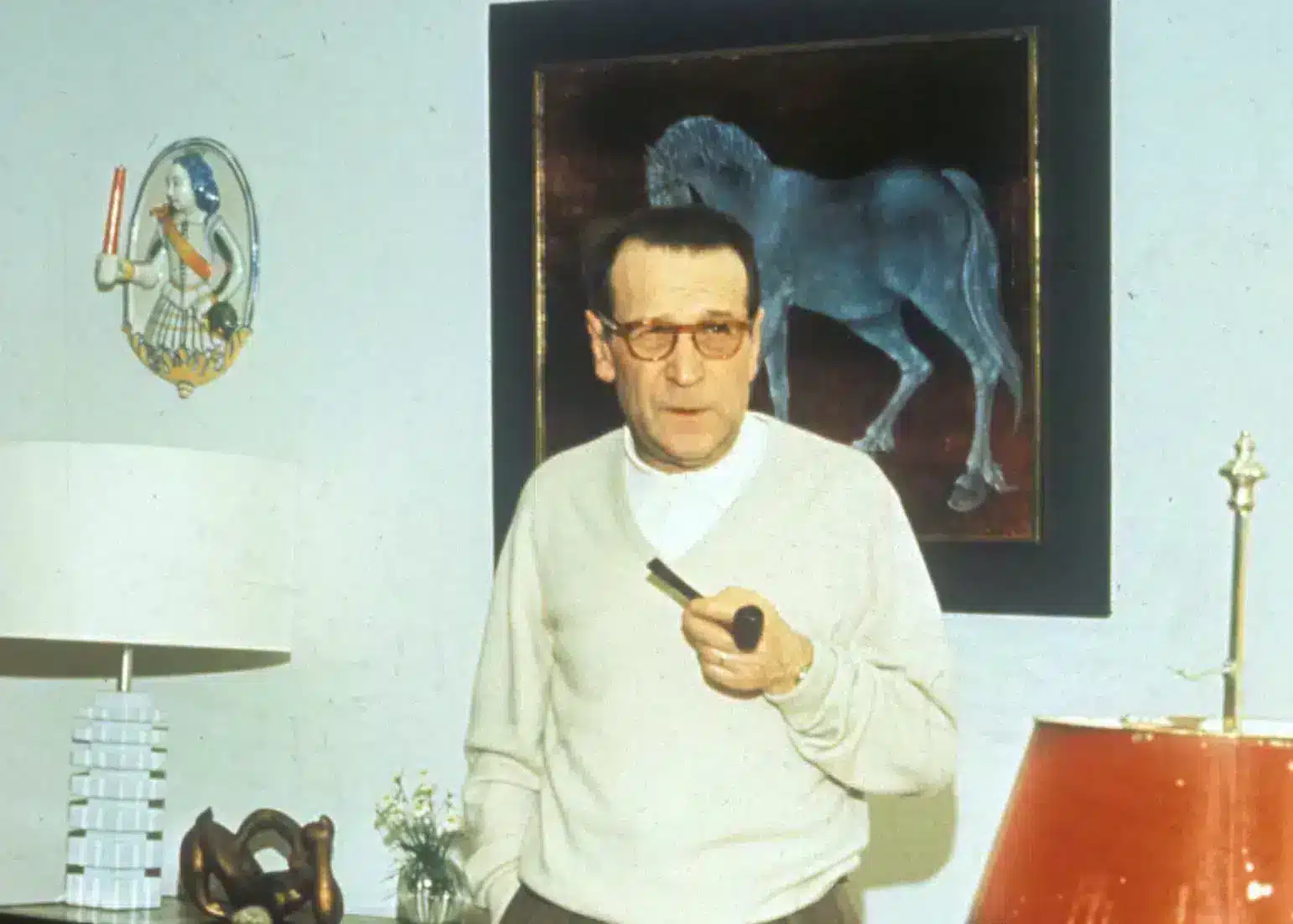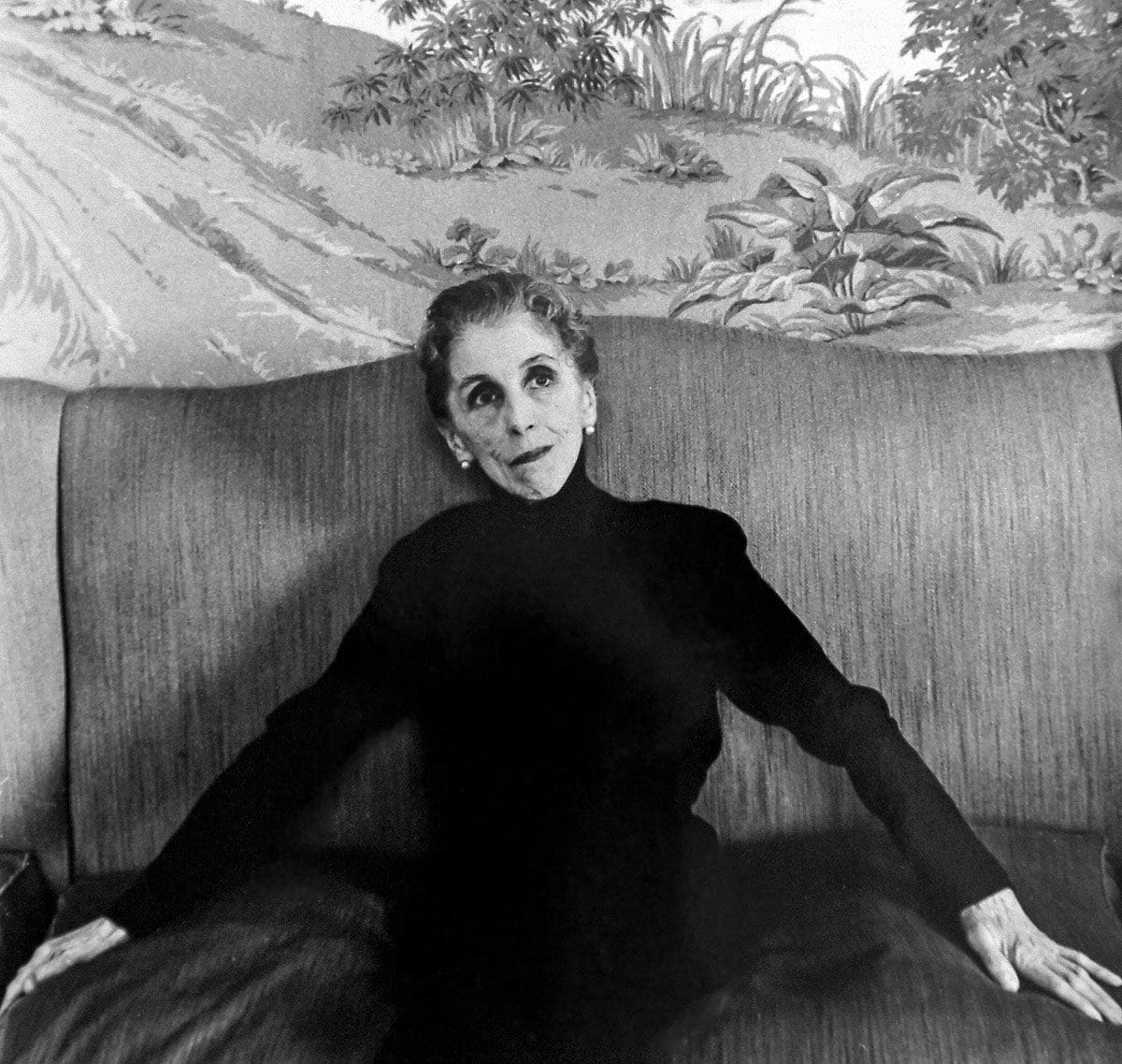
INTERVIEWER
Who are the writers of tales that appeal to you, or with whom you feel a kinship?
DINESEN
E.T.A. Hoffman, Hans Andersen, Barbey d’Aurévilly, La Motte Fouqué, Chamisso, Turgenev, Hemingway, Maupassant, Stendhal, Chekhov, Conrad, Voltaire…
INTERVIEWER
You’ve read them all!
DINESEN
I am really three thousand years old, and have dined with Socrates.
INTERVIEWER
Pardon?
DINESEN
… My literary friends at home tell me that the heart of my work is not the idea, nor the mood, but the tale. Something you can tell. Like one can ‘tell’ Ali Baba and the Forty Thieves but one could never ‘tell’ Anna Karenina.
From Dinesen’s “The Art of Fiction” interview in the Autumn 1956 edition of Paris Review
I started this assigned essay about Isak Dinesen wondering why I, a Mississippian who grew up sweltering in the welcoming, sheltering shade of Eudora Welty where I settled in so as not to wilt as I waited to get out of such a place, had been given such an assignment since, unlike Dinesen in Out of Africa, my conjuring of self had been this: Here I am, where I ought not to be. And then I looked at Richard Avedon’s photograph of Rudolph Nureyev’s foot.
Huh?
But it is how I got from that huh to her that is the welcoming, sheltering silence where this essay lay waiting for me to write it and not wilt in my wandering within the wondering of why, which is how the doubled Dinesen—her career as a writer a doubling-down in her broke and broken latter-forties when she was still known as the Baroness Blixen, the ur-Karen, a Dane who deigned to plant coffee in Kenya and, doing so, beheld Kilimanjaro envisioning coffers instead of the cautionary tale that lay before her tied to its unforgiving majesty—faced her own tasks at hand when she, writing her other tales and essays and books, reinvented her life yet again as a way rather majestically to forgive herself of a mistaken marriage, heedless displacement, and a body mauled not by wild animals turning on her without the need for human rage to limn their territorial rights but by the syphilis her husband embedded in her from his promiscuous prowls in Masai villages that raged within her human body marking its territory—colonizing it—as its own. Entitlement was what most deeply savaged her.
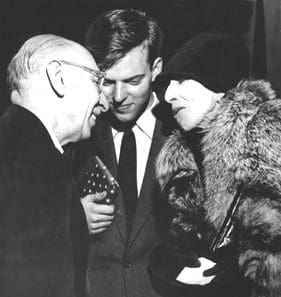
Copenhagen, 1959. By The Royal Library, Copenhagen.
Dinesen’s father, Wilheim, was also a writer and, according to her, “went to America and lived with the Plains Indians—the Chippewa—in the great middle part of the country. He built himself a little hut and named it after a place in Denmark where he had been very happy as a young man—Frydenlund. He hunted animals for their skins, and became a fur-trader. He sold his skins mostly to the Chippewa, then used his profits to buy them gifts. So you see, it was natural for me, his daughter, to go to Africa and live with the natives, and after, return home to write about it.” She also followed in her father’s footsteps by contracting syphilis, although he committed suicide on March 28, 1895, when she was nine years old because, she came to believe, of his inability to face his own infection. Her earliest short stories published when she was in her twenties in Denmark were written under her first pseudonym Osceola which was the name of her father’s beloved dog, which itself was named for the Seminole Native American chieftain whom he must have met in his own travels. Fatherlessness and appropriation were the initial narrative threads that came to define her life—or the legend of it she came to create—when she, familial need conflating with infatuation to deepen into passion, fell in love with her dashing cousin Hans who had more love for his beloved horses than for her. Heartbroken but undaunted—another of the threads she wove from herself into her work—she turned to his twin brother Baron Bror Fredrik von Blixen-Finecke and decided to appropriate him instead in marriage and move to Africa where they raised the coffee and condescended to servants, a life filled with longueurs interrupted with the irregular tempo of drink and drugs and Stravinsky on the Victrola. The Baron left her barren of children but not of the ravages of syphilis as well as the resultant ravages of the infection’s disturbingly rudimentary treatments at the time which involved the periodic poisonous intake of mercury and the arsenic compound Salvarsan.
It was a crippled life that she sentenced to stride forth with fortitude. Yet it also, with her deceptive insistence, kept folding in on and out from itself, an origami display of tragedy and adventure and fame that at times became too creased with disinformation and invention that matched her oft photographed face too creased itself by the end of her life with an elegant elongated emaciation of which Margaret Atwood wrote in The Guardian, “the effect was carnivalesque—like a dressed-up Mexican skeleton. Her expression, however, was bright-eyed and ironic: she seemed to be enjoying the show-stopping, if not grotesque, impression she was making.” She also suffered from gastric ulcers caused by a combination of the syphilis and its treatments along with the self-enforced malnutrition of anorexia with its additional addictive use of the strongest laxatives she could find in order to stay ever thinner which paralleled the pull of amphetamines for her that served the same purpose, the narcissistic need to resemble the exclamation point her careful, stately writing in her most famous book, the elegiac reportage of life in Africa, never really needed on the page even if the cult-like career she cultivated was a paging of that need. That narcissism folded in on itself as well and gnarled the archness of her visage into nothing but shifting wrinkles shipwrecked upon the shoals of a skull the way a dancer’s foot can be archly wrecked from attending his own art. I was looking for a photo of her matching, manly gnarled hands photographed by Avedon when I stumbled upon Nureyev’s stately, weathered foot, an either-or of body parts that engendered a contemplation of the dance that Dinesen did with herself and her public, this woman with a man’s name whose artistic fluidity encompassed the baroque language of gothic fiction—“a mother-of-pearl Edgar Allan Poe” the Washington Post called that part of her oeuvre which gave her a first great success in 1934 with the pointedly titled Seven Gothic Tales—to the savannah of slender African sentences searching for a wag’s tale to be told more sophisticatedly through her which she served up like the slenderest of servals, its tail having ceased all wagging, quietly stalking more of its already ingested prey.
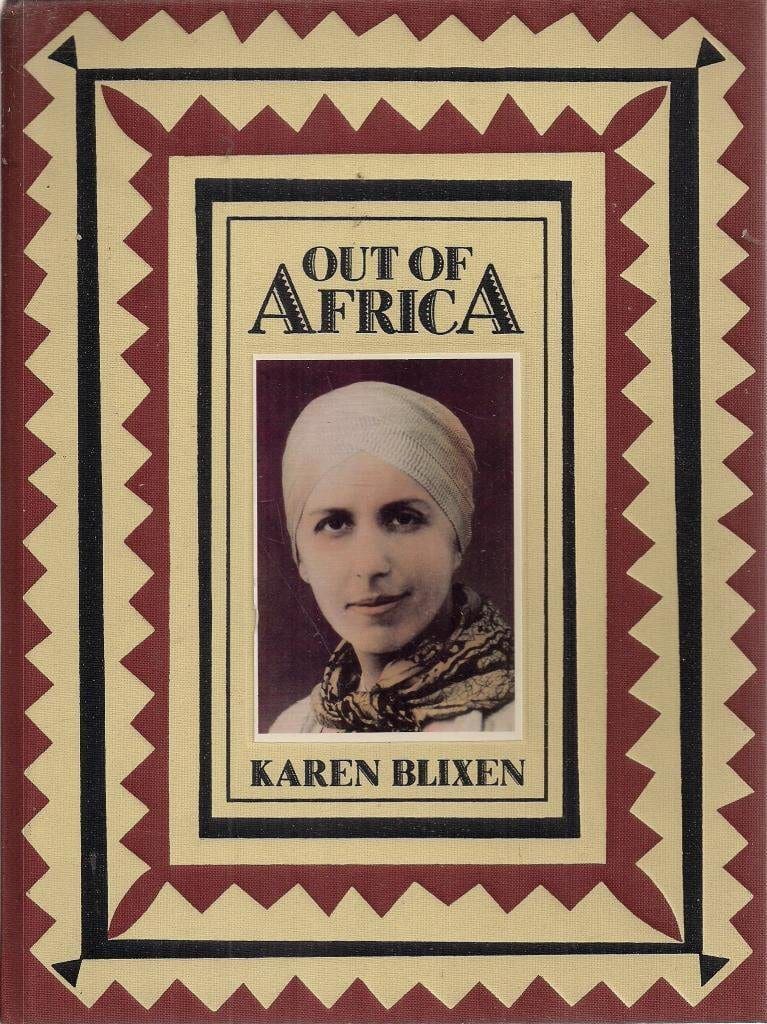
It was all a kind of incongruous hide and seek, publicly hiding from who she was privately by seeking, a huntress, that huh of herself; she was her own big game. Because Baroness Karen Christenze von Blixen-Finecke—née Dinesen, AKA Tanne, Tania, Osceola, Pierre Andrézel, and Isak Dinesen—never met(a) man(ifestion) she didn’t like. Even in writing about her, my own sentences so far are filled with homonyms and doublings and twinnings and mirrors of meaning. “Truth is for tailors and shoemakers … I, on the contrary, have always held that the Lord has a penchant for masquerades,” she wrote in one of the seven gothic tales with which she made her literary name when the Book of the Month Club chose the collection of them for its members—and would go on to choose three more of her later works as well. Indeed, in the opening paragraph of the introduction to that Paris Review “The Art of Fiction” interview it was written, “Literary circles buzz with legends about her: she is really a man, he is really a woman, ‘Isak Dinesen’ is really a brother-and-sister in collaboration, ‘Isak Dinesen’ came to America in the seventies of the last century, she is really a Parisienne, she lives at Elsinore, she stays mostly in London, she is a nun, she is very hospitable and receives young writers, she is difficult to see and lives a recluse, she writes in French, no in English, no in Danish…”
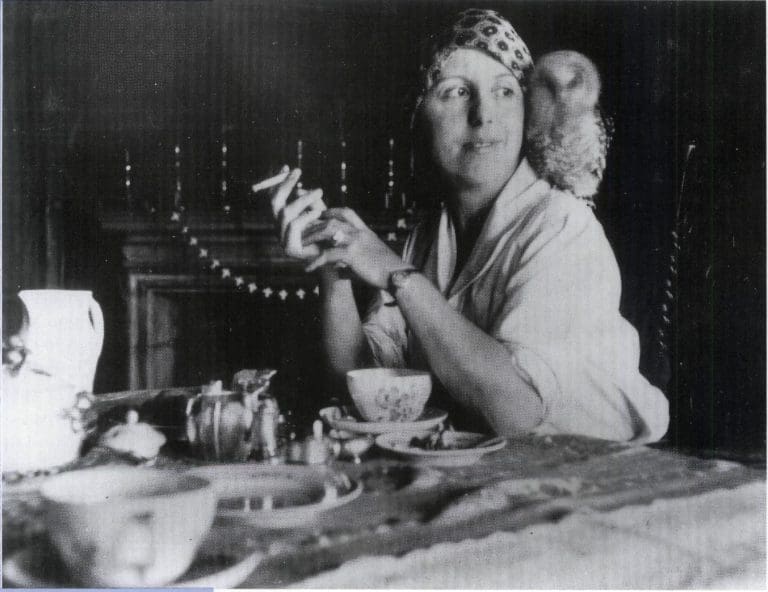
The next year in the November 3, 1957, issue of The New York Times Book Review, Dinesen told Bent Hohn, “I am not a novelist, really not even a writer; I am a storyteller. One of my friends said about me that I think all sorrows can be borne if you put them into a story or tell a story about them, and perhaps this is not entirely untrue.” Hannah Arendt, who had a deep, rather dire fascination with the praxis of Dinesen’s public preening, used this quote as an epigraph to Chapter Five of The Human Condition, published in 1958, and again in her 1967 The New Yorker essay, “Truth and Politics,” to which she attached the observation about Dinesen as one “who not only was one of the great storytellers of our time but also—and she was nearly unique in this respect—knew what she was doing.” But back to 1957 and the interview with Hohn. “To me, the explanation of life seems to be its melody, its pattern,” she continued, this woman born into her mother’s solemn Unitarian religion yet whose adopted first name “Isak” ironically is Hebrew for “he who laughs,” this Isak who in her later years traded in her love of Stravinsky for the meandering moodiness of jazz which mirrored—here we go again—the moody meanderings in her earlier selves. Then she knowingly honed in for her fellow writer Hohn on what it is that still haunts us about her: “And I feel in life such an infinite, truly inconceivable fantasy.”
The 1985 film of Out of Africa, directed by Sidney Pollack with a screenplay by Kurt Luedtke and starring Meryl Streep as Dinesen and Robert Redford as her great love, Denys Finch Hatton, was certainly a fantasy version of her life which she had already fantasized as one more fitting for her own ideas about herself. Redford, in fact, was convinced not to try to use an English accent and ended up playing the British aristocrat and big game hunter as if Jay Gatsby had opened an account at Abercrombie & Fitch. The film won the Oscar for Best Picture, however, as did Pollack and Luedtke. Two years later an adaptation of her 1958 short story, Babette’s Feast, was awarded the Oscar for Best Foreign Language Film, the first Danish film to be so honored. Alas she famously was never awarded the Nobel Prize for Literature but she is the only writer who had films based on her work win each of those Oscars.

In 1991, Julie Harris starred in Lucifer’s Child, a one-woman Broadway production about her life. Strange title, I thought, before following the folds of the origami even further. In the May 7, 1978, issue of The New York Review of Books in the essay, “Gothic Sibyl,” Rosemary Dinnage opens with this: “In 1931, when she had lost her lover, husband, home, income, and health, Karen Blixen went out to look for a sign to tell her the meaning of the losses, of all that had gone so wrong. ‘It seemed to me that I must have, in some way, got out of the normal course of human existence, into a maelstrom where I ought never to have been…. All this could not be, I thought, just a coincidence of circumstances, what people call a run of bad luck, but there must be some central principle within it. If I could find it, it would save me.’ She went outside on her African estate. A white cock strutted on to the path; at the same moment, from the other side, a chameleon ran on to it. The chameleon, frightened, stood its ground opposite the cock and darted out its tongue in defiance. The cock bit the tongue out. ‘The powers to which I had cried had stood on my dignity more than I had done myself, and what other answer could they then give?… Great powers had laughed to me, with an echo from the hills to follow the laughter, they had said among the trumpets, among the cocks and Chameleons, Ha ha!’
“She went on, as we know, to publish more books before her death at seventy-seven to become high priestess of her cult,” wrote Dinnage, “guru to young writers, and public figure in her own country of Denmark; to be elaborately feted on her trips to the US; to turn herself, apparently by an act of will—as she had done in reestablishing her broken life—into the formidable Gothic sybil of her old age, a figure straight from one of her own tales. Her life story should be one of the most moral of fables, extolling the triumph of perseverance, courage, and hard work in the face of adversity. And yet we cannot help feeling that the laughter she heard in the African hills, and with which she announced herself a writer, was—to say the least—not a comfortable sound. It is not hard to see a Luciferian quality in Dinesen’s life after she had heard the Ha ha! of the gods among the trumpets.”
When Dinesen was in her fifties she became obsessed with the younger Danish writer and poet, Thorkild Bjørnvig, who wrote a book about their heightened friendship which made her out to be a disordered malignant narcissist who considered herself a practitioner of witchcraft when exerting revenge upon him for not returning her obsessive regard. He also claimed she often heralded her pact with what he recalled as the Devil and wrote that after she had been infected with syphilis that she told him that “there was no help to be had from God—and you must understand how terrible it is for a young woman not to be allowed to make love—then I promised my soul to the Devil, and in return he promised me that everything I was going to experience hereafter would be turned into tales. And you can see: he has kept his promise.”
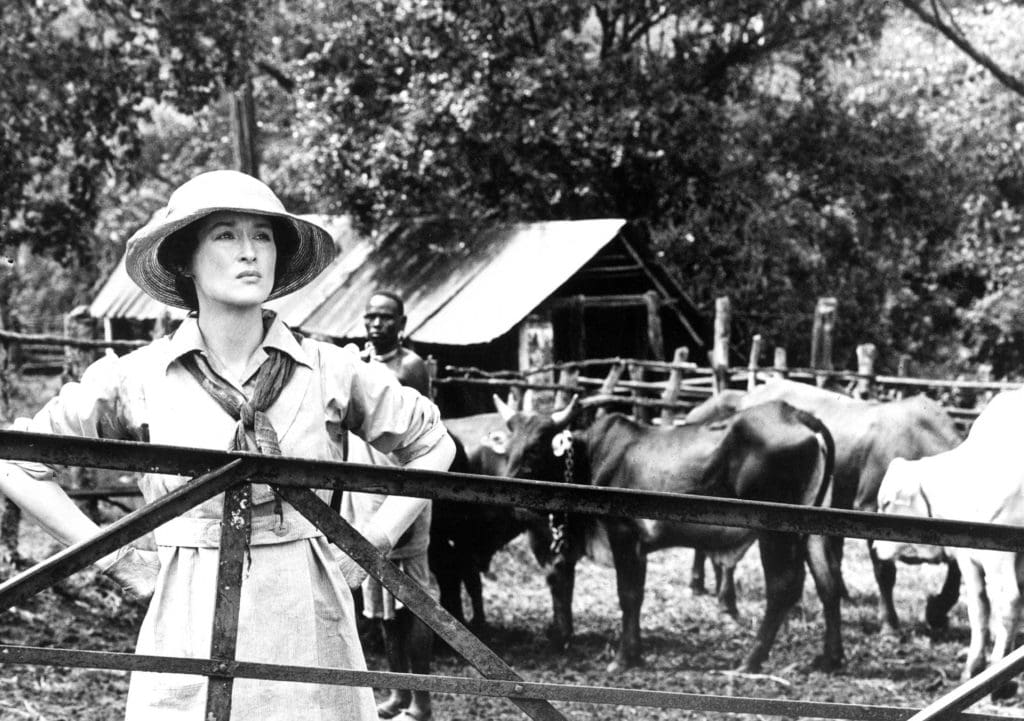
But I myself prefer her interpretation that bedevils those who think of Lucifer as Satan for Dinesen—ever doubling—saw him differently. In a 1926 letter to her brother from Africa, she wrote, “I’m convinced that Lucifer is an angel who should have wings over me. And the only solution for Lucifer was probably rebellion and his fall to his own kingdom.” It was not to the underworld he fell, but to this one, a realm we perceive as reality, and in him she perhaps recognized her own doubled nature in the divine duality of his own either/or narrative in which he arrives to bestow not knowledge on humanity but his own knowingness, the supernatural nestled in the natural world. For a woman who filled her life and her work with paradoxes and paramours and the paranormal, this longing for the Lucifer riddle to replace all that riddled her is itself a kind of paradoxical answer to a question we can’t quite pose about this woman who is seen as both a prophet and poseur.
In my second memoir, I Left It on the Mountain, I wrote of my own engagement with Lucifer when I had a near death experience from an overdose of drugs. He brought me back to life and as he did I told him I would write about him and let the world know he was not the devil but a fallen angel. I do it again now through her and she through me. He has since taught me about parallel realities and the enduring dualities dancing about in nature itself which has no need for the human construct of narrative but shows us patience for our need of it.
I wrote the above few paragraphs at a table at New York’s Performing Arts Library after having last week scheduled a viewing of Peter Shaffer’s Equus. It was a performance recorded in November of 1975 on Broadway with Anthony Hopkins as Dr. Dysart and Peter Firth as Alan Strang. I also played the role of Alan in productions throughout America in the late 1970s, including one with Tony Perkins as Dysart. It is a play about religion’s destructive normalization of ritual in a boy’s disturbing need to feel a wild natural pagan passion which manifests in animalism and a naked bareback midnight ride astride a horse, ritualized itself in being played by a young man doubling as the animal by wearing a shaman-like horse’s-head mask. At the end of the ride, Alan with an orgiastic ecstasy bursts forth with trumpet-like yells of “Ha ha!” over and over in reference to the Bible verse told to him by his mother which is also referenced in Dinnage’s essay about Dinesen’s Luciferianism.
As I write this sentence, I am preparing to head to Mississippi next week to stay with my brother for a month. He lives on Chippewa Street.
My birthday is March 28th.
The origami of her selves has eerily—as if in one of her tales—conflated with mine and the stories I tell about myself.
“Where the story-teller is loyal, eternally and unswervingly loyal to the story, there, in the end, silence will speak,” she wrote. “Where the story has been betrayed, silence is but emptiness. But we, the faithful, when we have spoken our last word, will hear the voice of silence. … Who then tells a finer tale than any of us? Silence does. And where does one read a deeper tale than upon the most perfectly printed page of the most precious book? Upon the blank page. When a royal, and gallant pen, in the moment of its highest inspiration, has written down its tale with the rarest ink of all—where, then, may one read a still deeper, sweeter, merrier, and more cruel tale than that? Upon the blank page.”
This is the welcoming silence beneath the shade of wings gliding to earth where she found shelter and I found, sheltering with her, this essay.
This:
